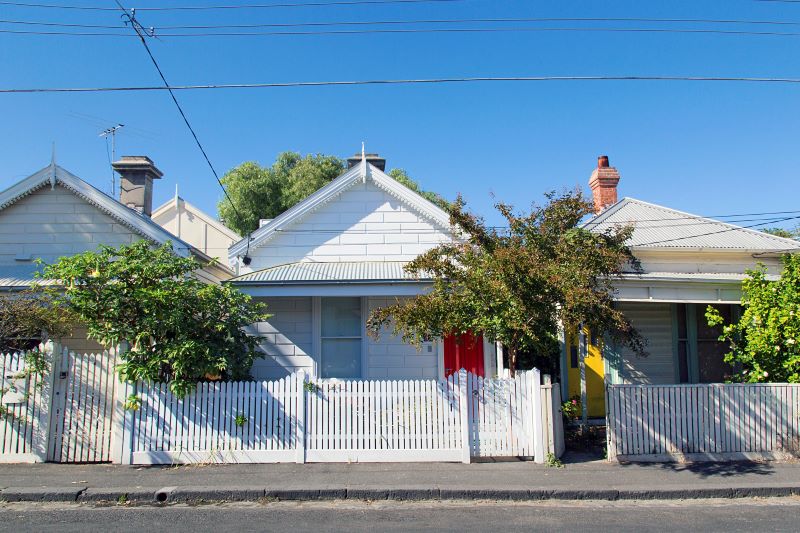Riding The Waves Of Rising Interest Rates: How To Navigate The Changing Loan Landscape
We’ve enjoyed historically low interest rates for quite some time now, thanks to the economic impact of COVID-19 and a downward trend that predates the pandemic. But all good things must come to an end. The Reserve Bank of Australia (RBA) recently made the decision to increase the cash rate for the first time in over a decade. As a result, interest rates have begun to rise, and this shift could pose challenges for millions of Australians as mortgage repayments start to climb.
However, don’t despair! There are ways you can structure your home loan and adjust your spending to cope with the new rate landscape. Let’s dive in and explore some practical strategies.

Understanding the Official Cash Rate
The official cash rate is set by the RBA and determines the interest rate for overnight transactions between banks. It’s a powerful tool used to influence economic activity and manage inflation. When the RBA adjusts the official cash rate, banks usually follow suit and change their lending rates accordingly.
How Banks Set Interest Rates
While the official cash rate is a significant factor, it’s not the sole determinant of bank lending rates. Banks need to lend money at higher rates than they borrow to generate profits. As a result, the interest rate you receive on your savings account is typically lower than the interest rate you pay on your home loan. Therefore, an increase in borrowing costs can impact savers and borrowers differently
Why are interest rates rising?
The RBA aims to control inflation and stabilize the Australian economy, which is experiencing higher prices, lower unemployment rates, and signs of potential wage growth. Rising interest rates are a proactive measure to address these economic factors.
Implications for Home Loan Holders
If you have a variable rate loan or your fixed rate loan is nearing its term’s end, you may notice an increase in your repayments. This could lead to a reduction in discretionary income available for other expenses.
Mitigating the Impact of Rising Interest Rates
1. Tailor your home loan to suit you
Carefully consider the type of home loan that best aligns with your circumstances as rates begin to climb. There are three common options to explore:
Fixed rate loans
These loans offer a set interest rate for a specific period, typically ranging from one to five years. They provide repayment certainty and can make budgeting easier. However, extra repayments are usually limited, and breaking the loan agreement before the term ends may incur additional costs.
Variable rate loans
With variable rate loans, the interest rate fluctuates as banks adjust their lending rates. While this can make budgeting more challenging, these loans offer greater flexibility. You can make extra repayments, access those funds through redraw facilities, or even link an offset account to reduce your interest.
Split loans
This option allows you to divide your loan into fixed and variable portions. By combining the stability of a fixed-rate loan with the flexibility of a variable-rate loan, you can strike a balance and manage the potential risk of higher repayments.
2. Review Your Spending Habits
Creating a budget is an essential step to understand your income, essential expenses, and discretionary spending. Take a closer look at where your money goes and identify areas where you can make adjustments. By reallocating some funds towards your mortgage repayments, you can potentially reduce the impact of rising interest rates.
Remember, navigating the changing loan landscape requires proactive planning and adaptability. Stay informed, explore different loan options, and make informed decisions that align with your financial goals.





